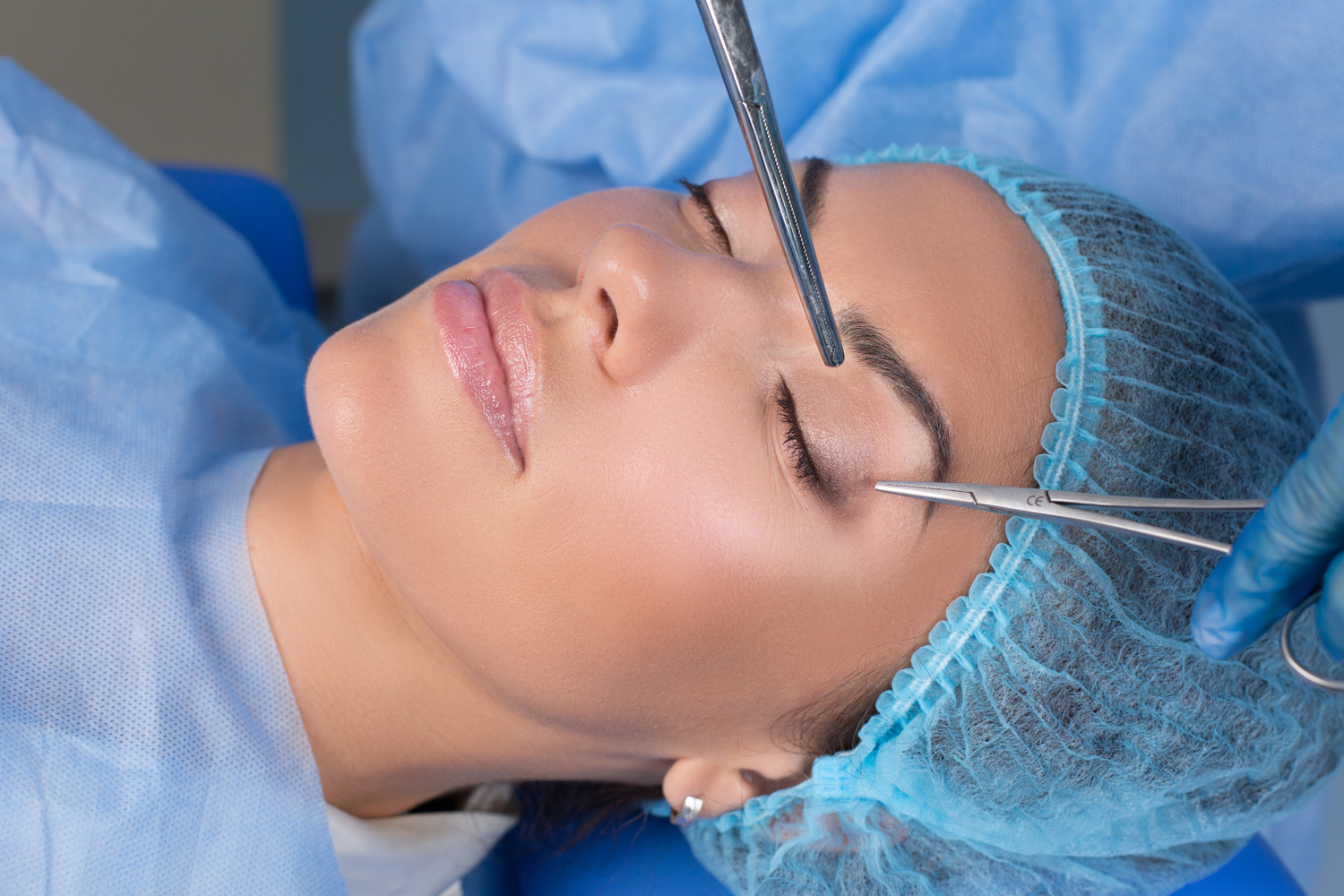Effective Treatments for Retinal Tears and Detachment
Learn about effective treatments for retinal tears and detachment, including laser therapy, cryopexy, scleral buckling, vitrectomy, and pneumatic retinopexy. These procedures are crucial for preserving vision and preventing further damage. Most treatments are highly successful, but consultation with an eye specialist is essential for tailored care.

The retina, an extension of the central nervous system, is the eye's essential component responsible for capturing visual images. It contains specialized photoreceptor cells—cones and rods—where cones detect colors and functions in bright light, while rods are highly sensitive to low light but do not detect color. Light strikes these cells and converts into electrical signals sent to the brain via the optic nerve, creating visual perception.
Retinal disorders, including tears, detachments, and diabetic retinopathy, are common and can be caused by various factors. A retinal tear occurs when the vitreous gel inside the eye contracts sharply, pulling on the retina and causing a tear. Symptoms include a sudden increase in floaters, flashes of light, and shadowy areas in vision. Fluid buildup can lead to retinal detachment, a serious condition where the retina lifts off its underlying tissues, resulting in blurred or lost vision.
Both retinal tears and detachments are treated with procedures that aim to seal and reposition the retina. Laser photocoagulation or cryopexy uses heat or cold to create scar tissue that seals tears. Scleral buckling involves placing a band around the eye to support the retina. Vitrectomy surgically removes the vitreous gel to allow better access and repair. Pneumatic retinopexy injects a gas bubble into the eye to press the retina back in place, often combined with laser or freezing treatment. Sometimes, fluid behind the retina needs drainage, and specific head positioning helps stabilize the retina post-surgery. Most treatments have an 80-90% success rate, though some cases may encounter scar tissue complications.
Legal Notice:
The information on this website is for educational and informational purposes only. It is not intended as medical advice. Always consult a healthcare professional for diagnosis and treatment options. We do not guarantee the accuracy of the data and recommend verifying details from primary sources.









